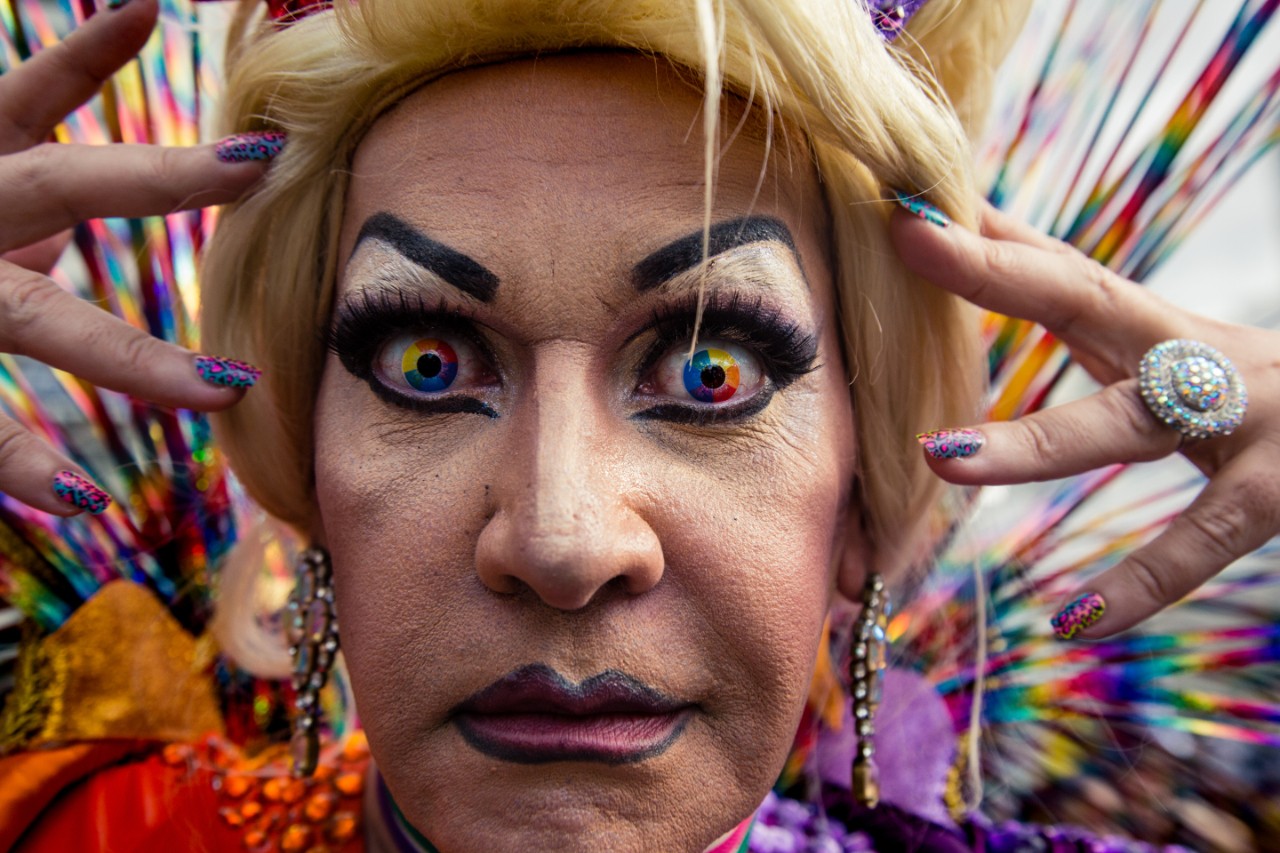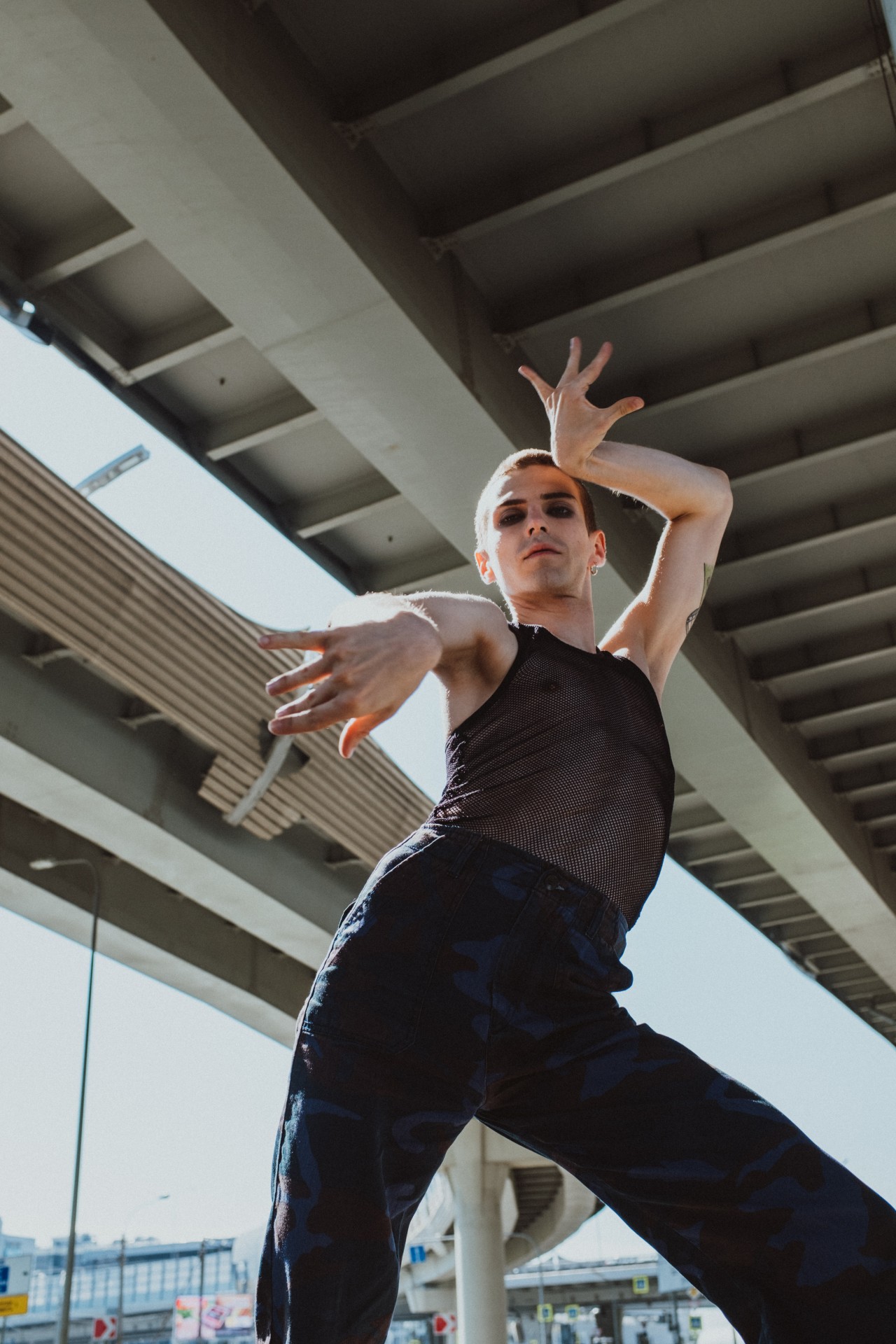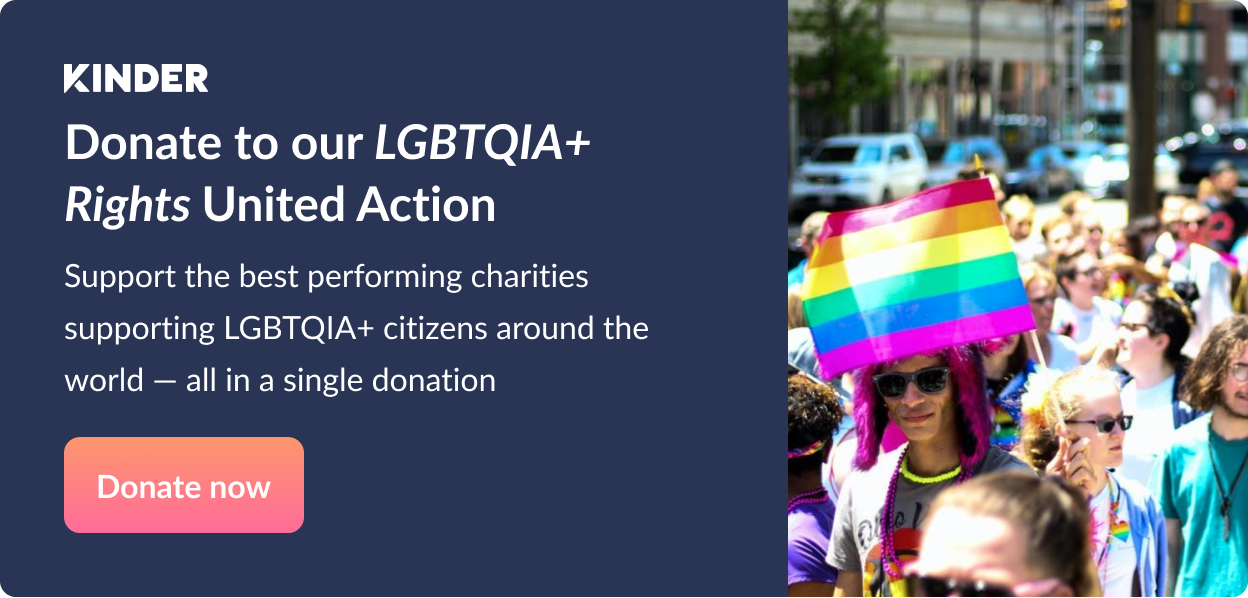What is Voguing?
Voguing is an expressive style of dance, born in Harlem and New York’s ballroom scene. When I say ballroom, I don’t mean uppity Manhatteners doing the waltz or foxtrot, but a marginalized group of gay and trans people, often from black or Hispanic descent, with their own rhythm, style, and sense of movement.
The dance style mimics supermodel poses in a rhythmic, statuesque fashion. While the dance has altered its basic moves since its conception, the style has been integrated into popular media and is still highly relevant today. From Madonna’s famous song “Vogue” to award-winning movies like “Paris is Burning” the style took the world by storm in the 80’s and 90’s but didn’t necessarily get linked back to its birthplace: the balls.
Belles of the Ball
Balls were designed for those who felt they couldn’t dress to their gender identity in the unforgiving world of 1960s New York. This free space became a battleground to see who had the best outfits, attitude, and danceability.
As you can imagine, drag queens or transgender-identifying individuals would show up to the ball with the most spectacular outfits. It was a way to celebrate their freedom. But it was more than just freedom. At the time, transgender people were not accepted in “normal” places like a restaurant or even the office. Because of this, some of the categories at balls included Office Wear or even Summer Casual. It made the participants feel included in contemporary fashion, as they could finally dress to their gender identification.
You can call me Mother
Today, but especially during the birth of ballroom culture, transgender people couldn’t find acceptance in the real world. They often struggled with coming out, even to their own family. Meeting people in ballrooms, they found new families. Veteran members with more stability would “adopt” those who were struggling to find their way in life. These “Mothers” often boarded them and helped them find employment. It was on the ball nights that their children could compete and earn further respect within the community.

Let’s have a Kiki
Besides having a place to express themselves safely, a ball was a big celebration. While Voguing originated as a dance battle, it was also supposed to be practiced in the ballroom, not the streets.
But the streets are where it went; popular culture took over the moves, the vocabulary, and parts of the culture. While ballroom was invented in the 60’s, vogueing became more widely known in the 80’s. Popular aspects were taken into wider culture, like Madonna’s “Vogue”, The Scissor Sisters’ “Let’s have a Kiki” or the contemporary favorite: “Spill the Tea!” (Tell me the gossip!).
Whether these adaptations are seen as appropriation varies between individuals of LGBTQIA+ society. Some say that ballroom culture comes from a place of need due to the discrimination, bigotry, self-preservation, and general displacement from society— so should be safeguarded. Others are happy to be celebrated, and see adoption into popular culture as a reflection of increasing acceptance of LGBTQIA+ communities.
What’s the (European) Tea? A list of Voguing and ballroom houses in Europe
For a long time, Ballrooms were limited to the NYC underground, but in the late 80’s and especially the 90’s ballrooms started to travel around the United States. Ultimately, famous “houses” grew into multi-city and later, international operations. Outside the US, the culture remained elusive. Still, to this day, ballroom in Europe is incomparable to the US. However, some major cities are seeing an uprising in the extravagant culture, and with it, houses bring their own voices and local cultures into the mix. Here are some houses in Europe pushing boundaries and creating culture:
Paris: Paris is Burning
Perhaps the biggest ballroom scene can be found in Paris. It has over two dozen official houses, many of which are sister chapters from US originals. Some of the most prominent houses are House of Ninja, Mizrahi, and Ladurée. The House of Ninja has an especially rich history, with Willi Ninja at the center. Will was a voguing pioneer featured in the Paris is Burning documentary. His legendary child Lasseindra Ninja is heading up the European Chapter of the house and takes voguing around the world through balls, workshops, and dance classes.
Some believe balls need more innovation and see the American houses as archaic. House of Yamamoto is a fairly new addition to the Paris scene and is revolutionizing the game. Their fashion is out of this world and pushes boundaries, even for the drag community!
Moscow: I’m a Friend of Dorothy
When you think of drag and gay culture, your mind might not go to Russia, which might instead make you think of gay persecution. Thoughts of Russia brings LGBTQIA+ crowds back to a time where one had to make themselves known as “a friend of Dorothy” when searching for their community. This phrase was coined in the second world war when being gay and in the army was still illegal in the United States. Dorothy is most likely derivative from The Wizard of Oz. Dorothy was confronted with: “You have some queer friends, Dorothy” to which she replied: “The queerness doesn’t matter, so long as they’re friends.” forever engraining it in queer vocabulary.
But it’s exactly in the most repressed places, like Moscow, where covert balls are the most needed. Moscow has quite a vibrant underground gay scene including balls. While being gay and participating in these gay events can be downright dangerous, it doesn’t stop individuals and small houses to vogue the house down. Some international organizations have chapters in Moscow as well, but it’s the smaller houses and individual dancers that steal the show. House of Voodoo is particularly known for raising some legendary children and pushing the buttons of change for LGBTQIA+ members.
Amsterdam: Stonewall
It comes to no surprise that Amsterdam would be a frontrunner in all things queer. It was the first country in the world to legalize gay relations in 1811 and gay marriage in 2001. So, when America was fighting for the safety of LGBTQIA+ in 1969 at Stonewall, The Netherlands was 150 years ahead.
While Amsterdam does have a vibrant gay night scene, it isn’t necessarily at the forefront of voguing and balls. House of Vineyard, with Amber Vineyard as the “mother” of the house leading the ship, has given Amsterdam the flair that it needed. Amber in particular is immensely busy representing voguing, ballroom, the legacy, and her house all across Europe.
Berlin: Tens, Tens, Tens Across the Board!
Berlin has always been known to break through walls; literally and figuratively. The gay scene in Berlin is famous throughout Europe as a grungy one, with lots of rough edges. This is the case for the House of Saint Laurent. This house produces art with their members, their movements, and their story. Previously known as House of Melody, it was the first house in Germany, setting an example for others to follow in their footsteps.
London: Opulence
London balls are growing in popularity and have more engagement than in other cities. House of Revlon hosts many events along with social organizations like “Love Child”. Spearheading the movement to keep the culture alive is Jay Jay Revlon. He hosts classes and workshops, works with LGBTQIA+ artists on innovative collaborations, and works on several gay prides across the UK.
The opulence and freedom the UK artists use to express themselves is cause for celebration. The best thing about London Balls is that the threshold to observe and participate is lower. The idea behind these balls is inclusion. They have best-dressed competitions and opportunities for fledgling DJ’s to play for an hour before handing off the spin booth to the next guest performer.

We are all born naked and the rest is drag
Despite the celebration of LGBTQIA+ pride, there is still a need to fight for the rights of LGBTQIA+ people. Safety isn’t a guarantee, especially in areas with strong religious beliefs or oppressive governments. While we celebrate pride in our progressive cities, there are others in which being gay is still punishable by death.
Voguing is an incredible form of expression. It carries the weight of all oppressed LGBTQIA+ members while also celebrating the culture that it comes from. It is a form of protest, an outlook on a better future, and a type of storytelling. It’s important to preserve this art form and to use dance to show LGBTQIA+ pride, and fight still-prevalent gay/bi/trans/etc- phobia.
If you are interested in supporting your local LGBTQIA+ community and discover the incredible world of ballroom and voguing, we suggest searching for local ballroom nights or voguing classes. Find local LGBTQIA+ foundations, artists, cultural spaces and social events to encourage local community growth. And finally, instead of buying Pride Month Merchandise from your favorite “pink-washing” store, find brands that support the community year-round.
Freedom of self-expression should be one of our birthrights and at Kinder, we try to make this easier in places where this isn’t guaranteed. Our LGTBQIA+ Rights United Action supports the community in various ways. Check it out, and together we can eradicate the phobias that negatively influence the community.
Written by Lianda Tel





